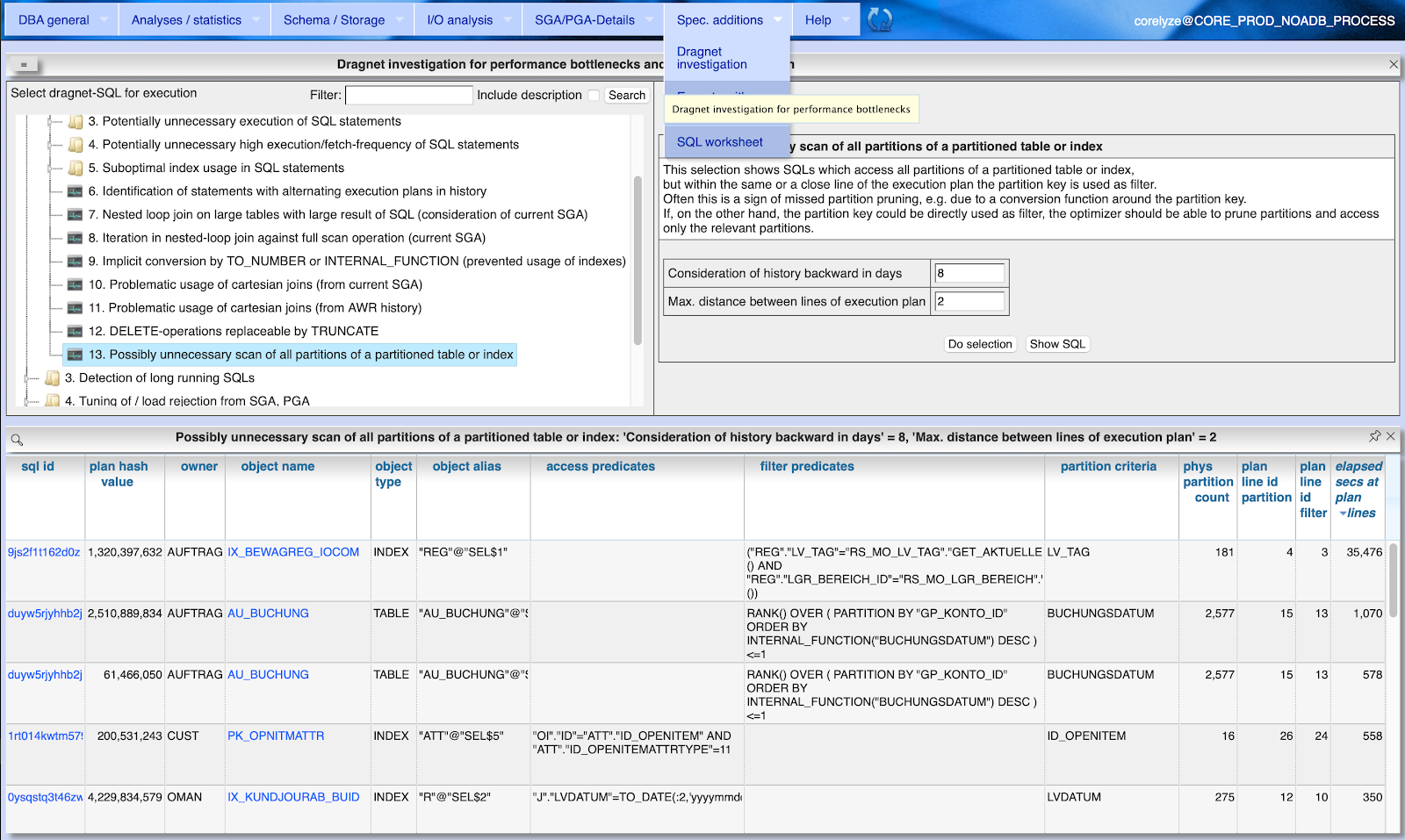Oracle-DB: Speedup parallel HASH JOIN BUFFERED by using HASH JOIN SHARED

Since release 18c there's an undocumented feature Parallel Shared Hash Join which introduces sharing memory between parallel query slaves. The required memory for these shared hash tables is allocated in a new memory region known as the Managed Global Area (MGA). See also doc. ID 2638904.1. This feature is particularly beneficial for costly HASH JOIN BUFFERED operations that spill large amounts of data into the temporary tablespace. These operations may benefit from transformation into HASH JOIN SHARED operations. By sharing hash tables between parallel query (PQ) processes, instead of each PQ server maintaining its own, runtime can be significantly reduced. This reduces overall memory requirements, enabling more data to be processed before spilling to disk in the temporary tablespace. There are several ways to activate the Parallel Shared Hash Join: set '_px_shared_hash_join'=true; at system or session level define the PQ distribution strategy for a particular...







